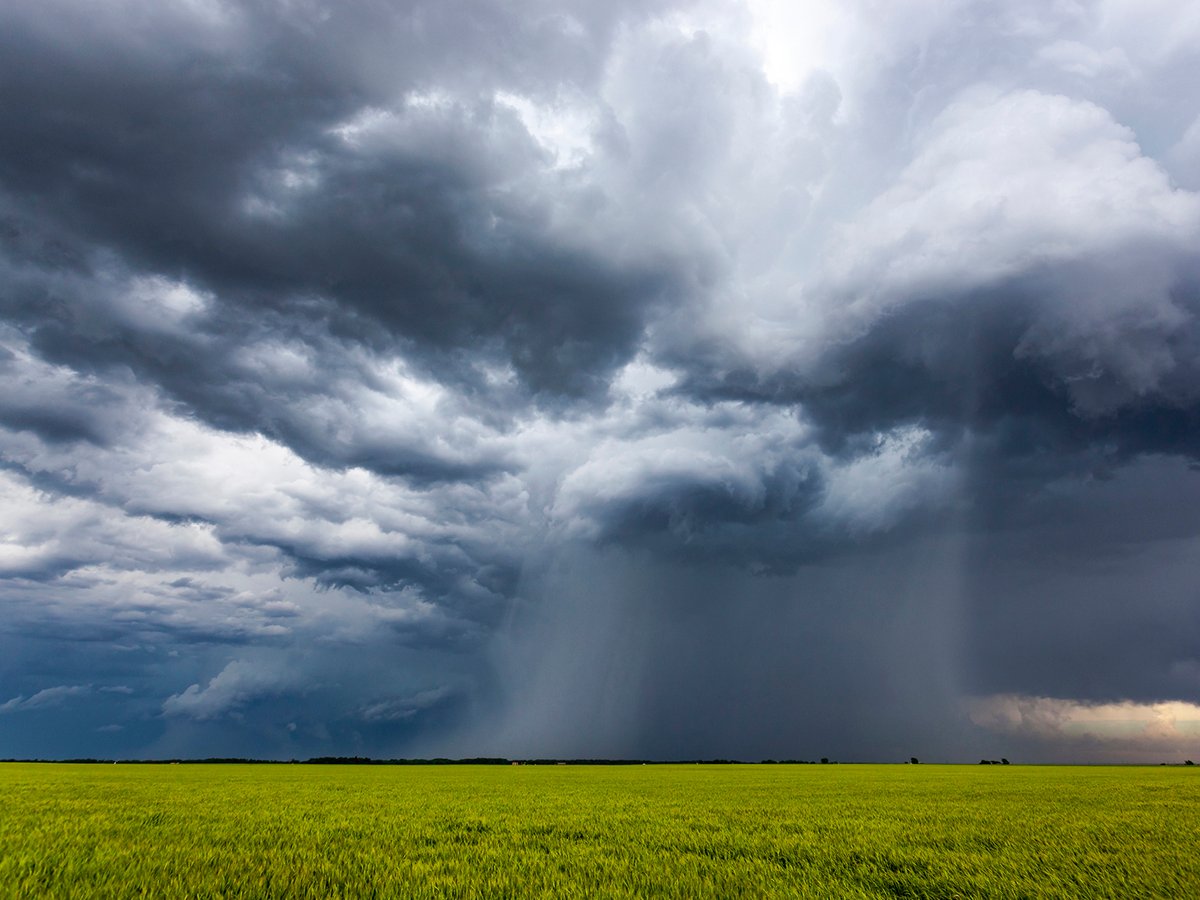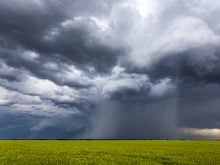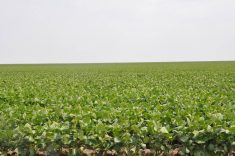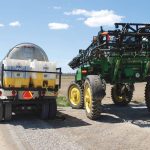An influx of immigrants around 1900 turned encampments into villages and lean-tos into farmsteads in Western Canada.
The 1906 special Western Canada census is crucial in telling that story of agriculture, individuals and communal settlers, said Leonard Doell, chair of the Mennonite Historical Society of Saskatchewan.
“It’s an incredible resource,” he said, noting the census paid special attention to western regions and could help him track his own family’s move to Saskatchewan from Manitoba.
“It would fill in the gaps,” he said.
University of Saskatchewan history professor Bill Waiser agrees, and is pushing Statistics Canada to release that nominal, or name-specific, census. Such material is normally available to the public after 92 years, the professor said, so the 1906 materials should have been released in 1998.
Read Also

Extreme rain increases as planet warms
In this issue, we are going to wrap up our look at extreme rainfall by examining the different weather patterns that tend to be associated with these rainfall events.
He appealed to the federal information officer, who reported that the expert panel on access to historical census records recommended its immediate public release.
Statistics Canada has refused, arguing that it will continue to protect the confidentiality of nominal census returns from those taken after 1901.
Pamela White, the department’s co-ordinator of access to information and privacy, said there was a change between the official 1901 census and the special one in 1906, regarding confidentiality issues.
“There was a different understanding under which this was collected,” she said.
Legislation will be introduced shortly to address this issue and the concerns of genealogists, said White.
Waiser, who has been commissioned to prepare a history of Saskatchewan for the province’s centennial in 2005, said researchers and historians need access to the raw data to track and connect life cycles of average Canadians over time and place. It helps to reconstruct family and local histories, employment patterns, mobility, medical history and disease occurrences, and marriage and fertility.
Denyse Smith of the Mormon church’s Family History Centre helps hundreds find their family stories.
“A lot didn’t write down their histories,” she said.
“A census would help jump the bridge and cross the ocean,” she said.
Waiser said Saskatoon grew to 12,000 in 1911 from 113 people just 10 years earlier. The census would show a farm hand in 1901 becoming a farmer by 1906.
“It’s important to put the everyday person into the history books. We are not asking for special privileges. We are asking Stats Can to obey existing laws,” said Waiser, who has not ruled out a legal challenge.
He thinks the department is refusing because it is sensitive material and could deter people from participating in census collection.
“Numbers of sheep and cattle, why is that sensitive?”
The United States releases records up to 1930, while the United Kingdom releases them up to 1900.














